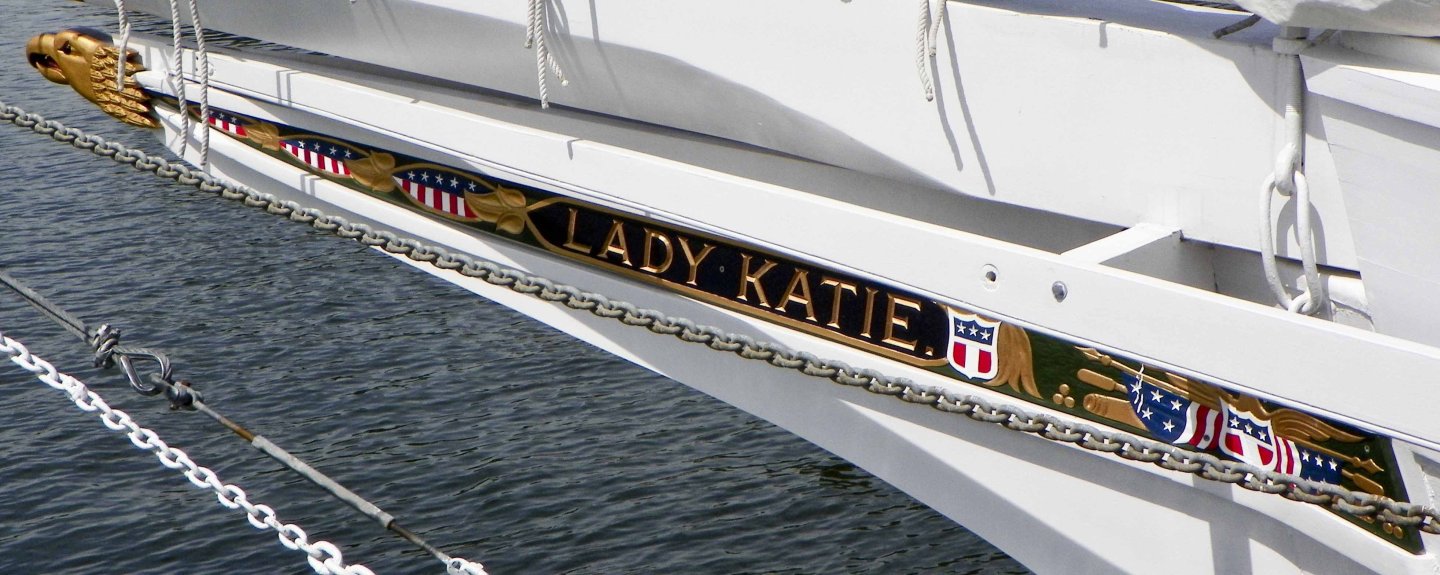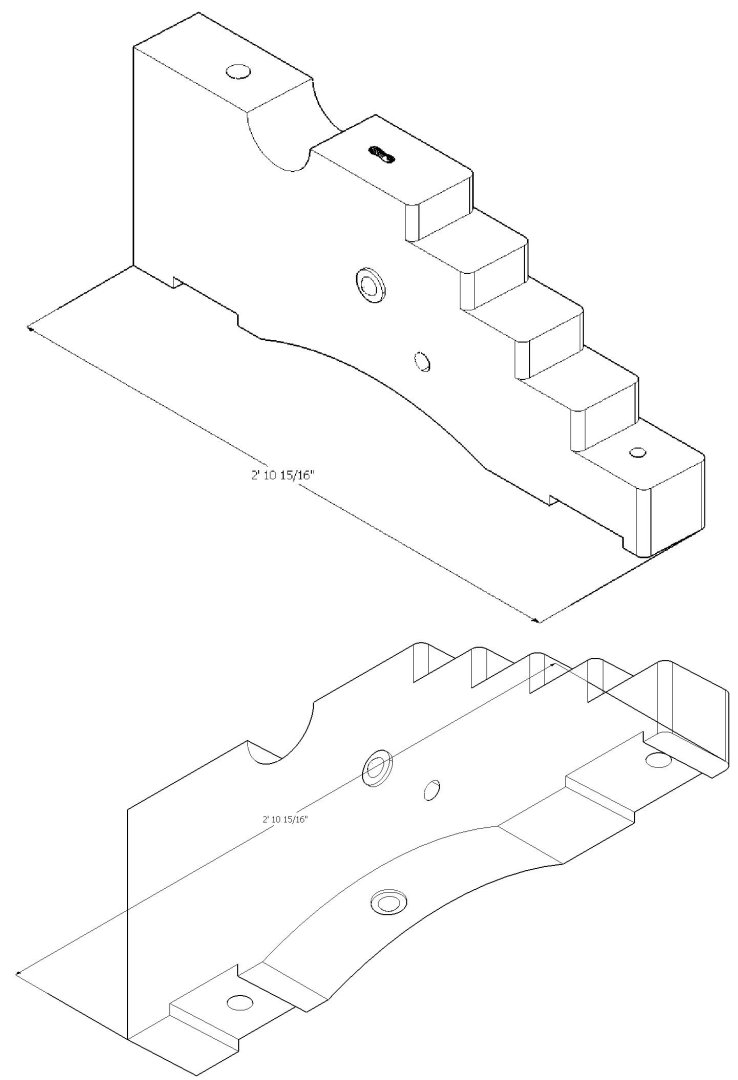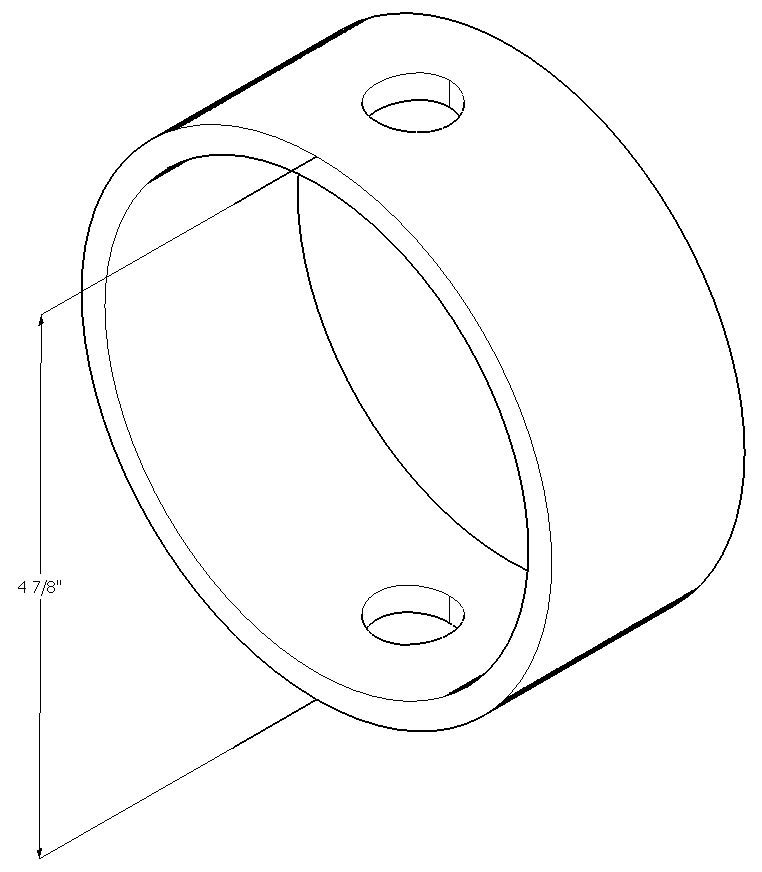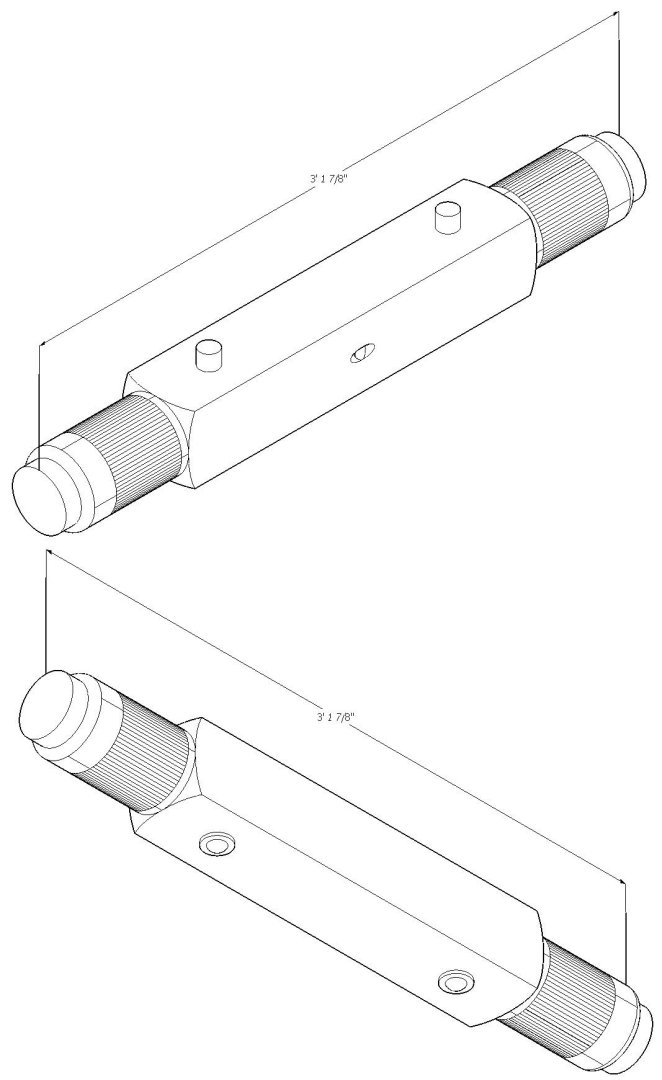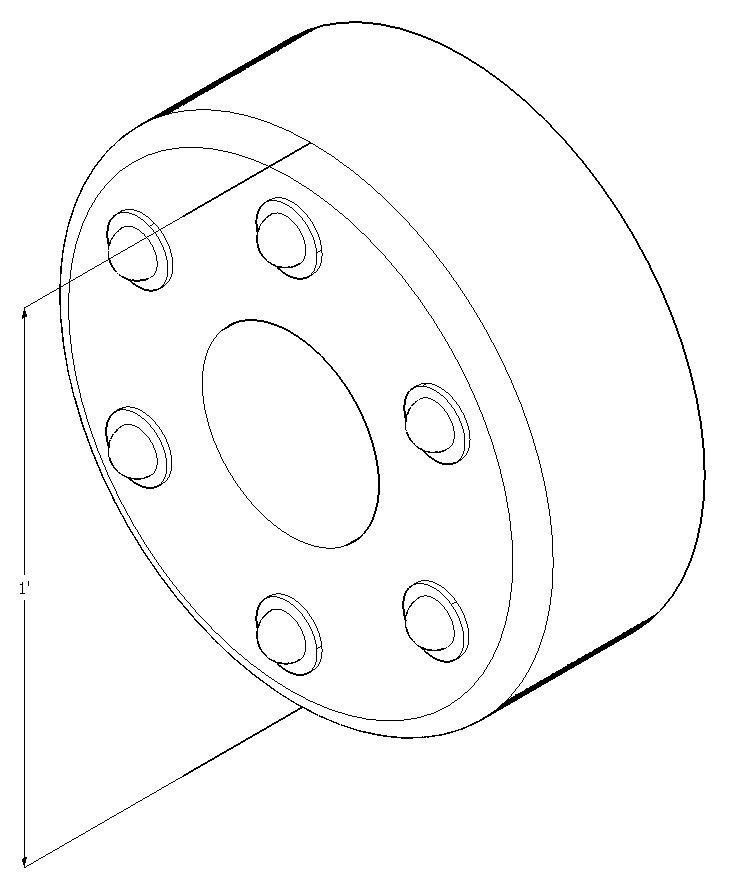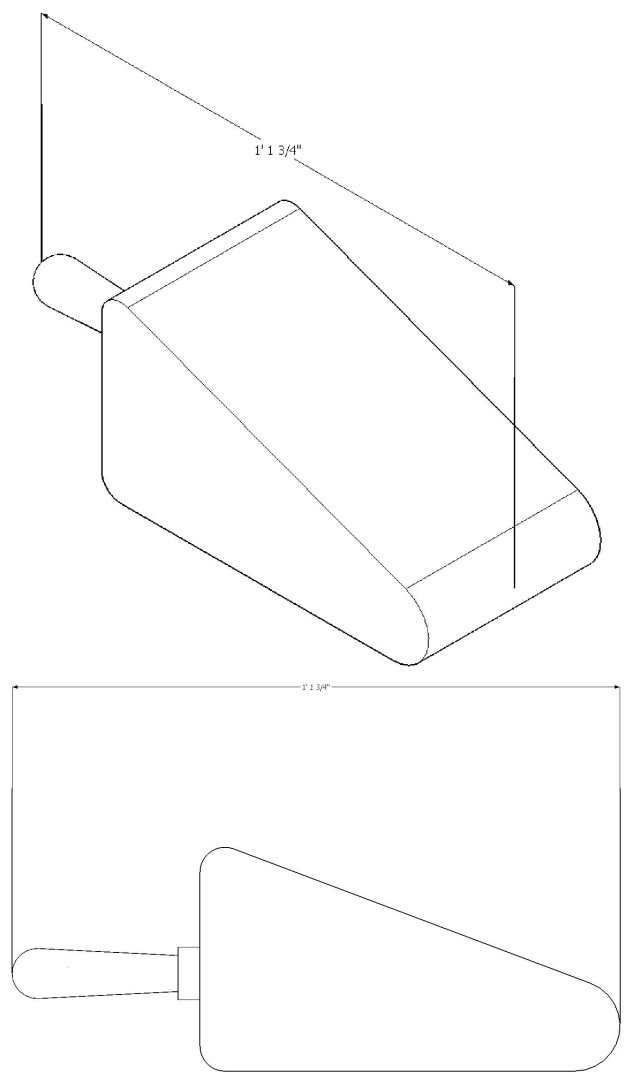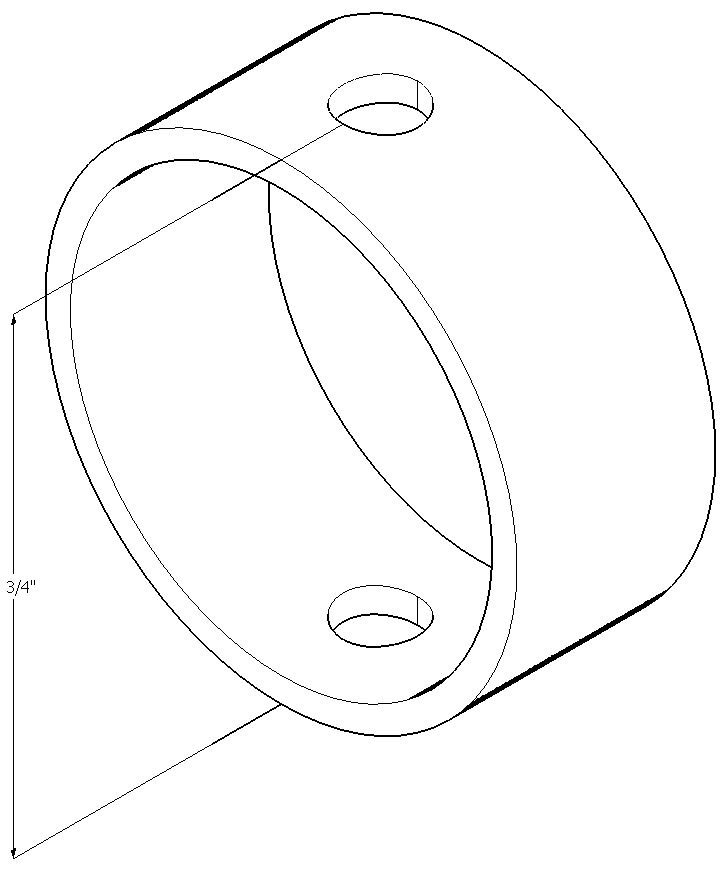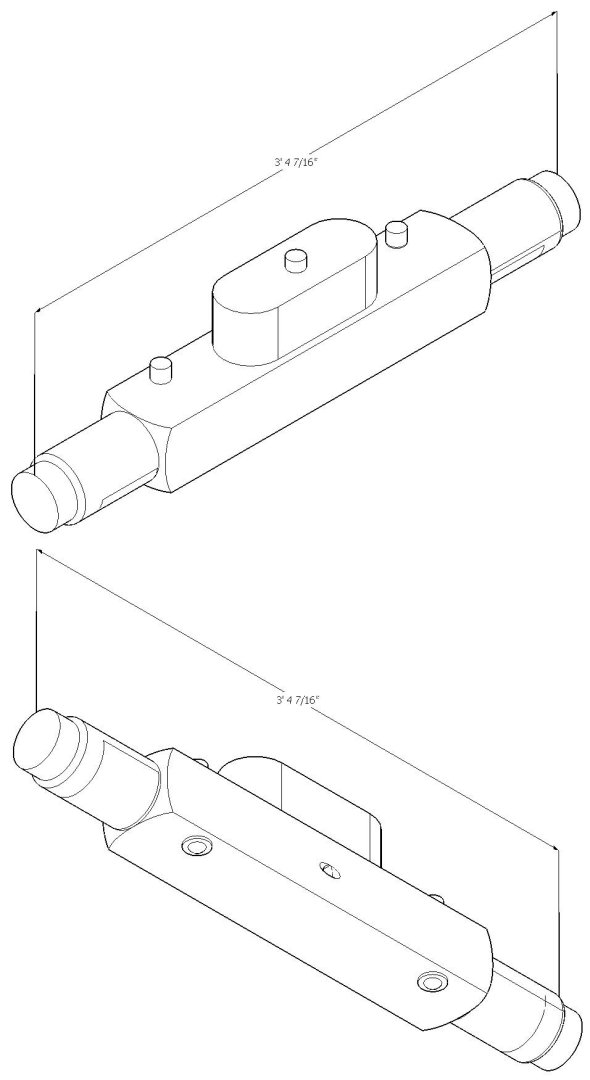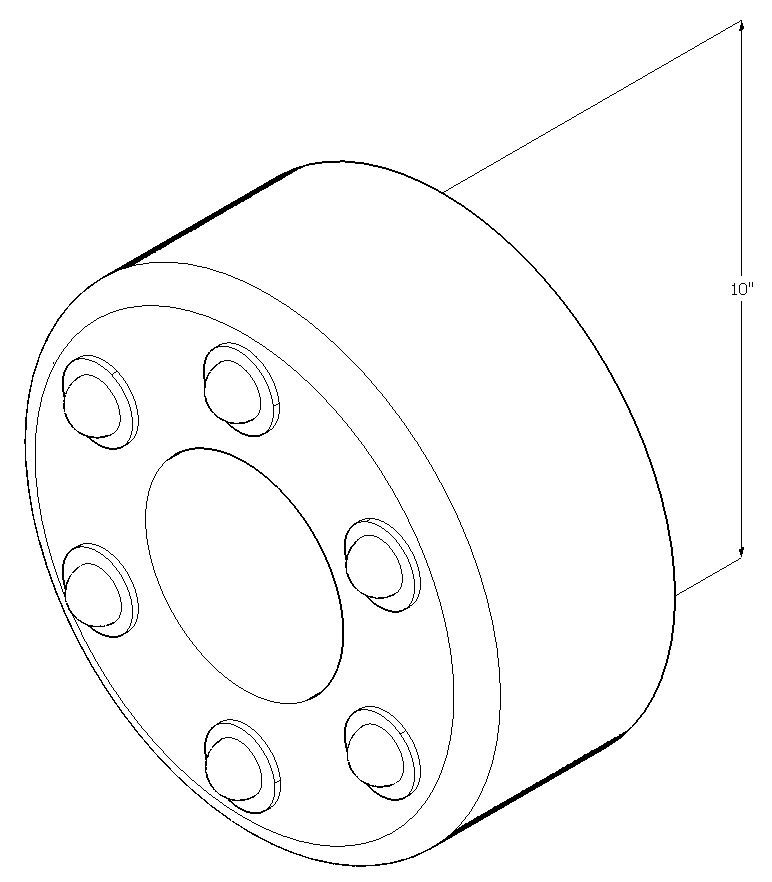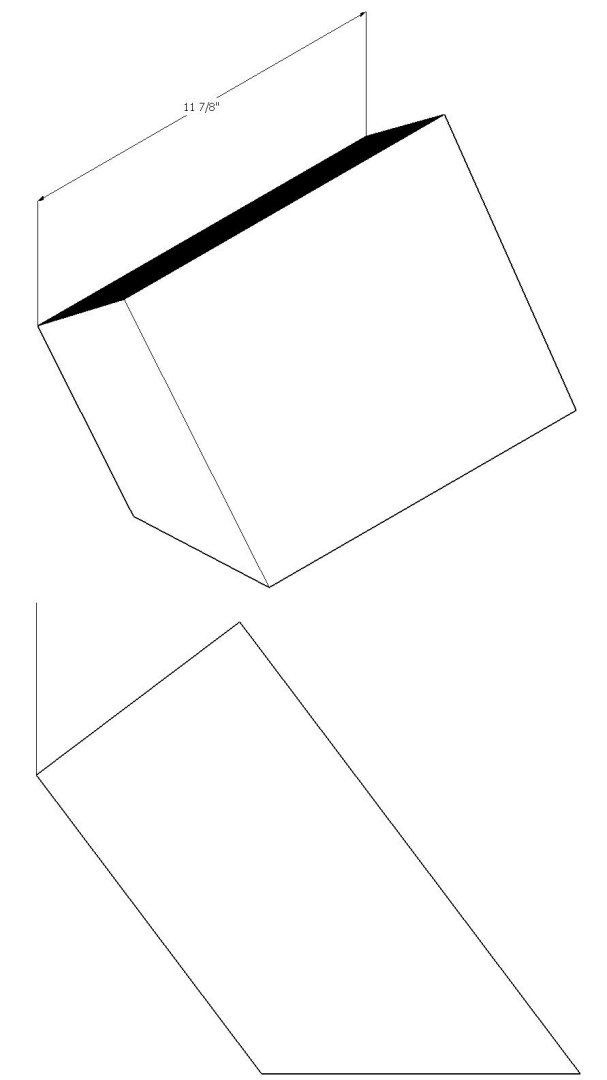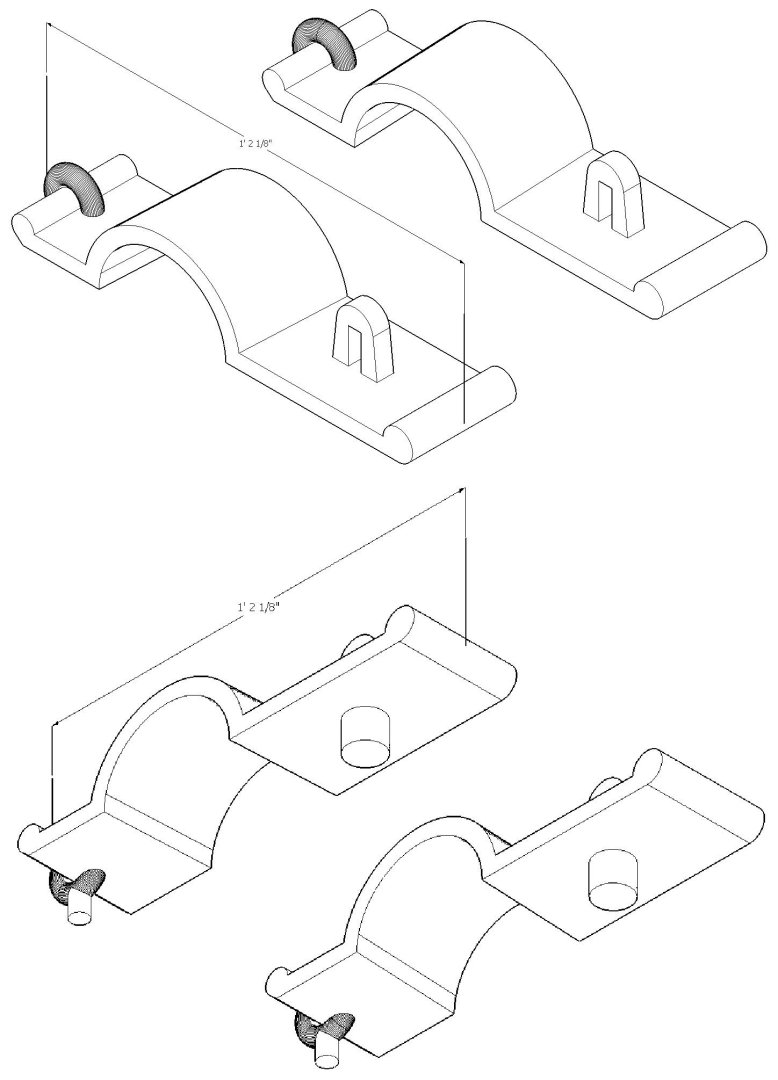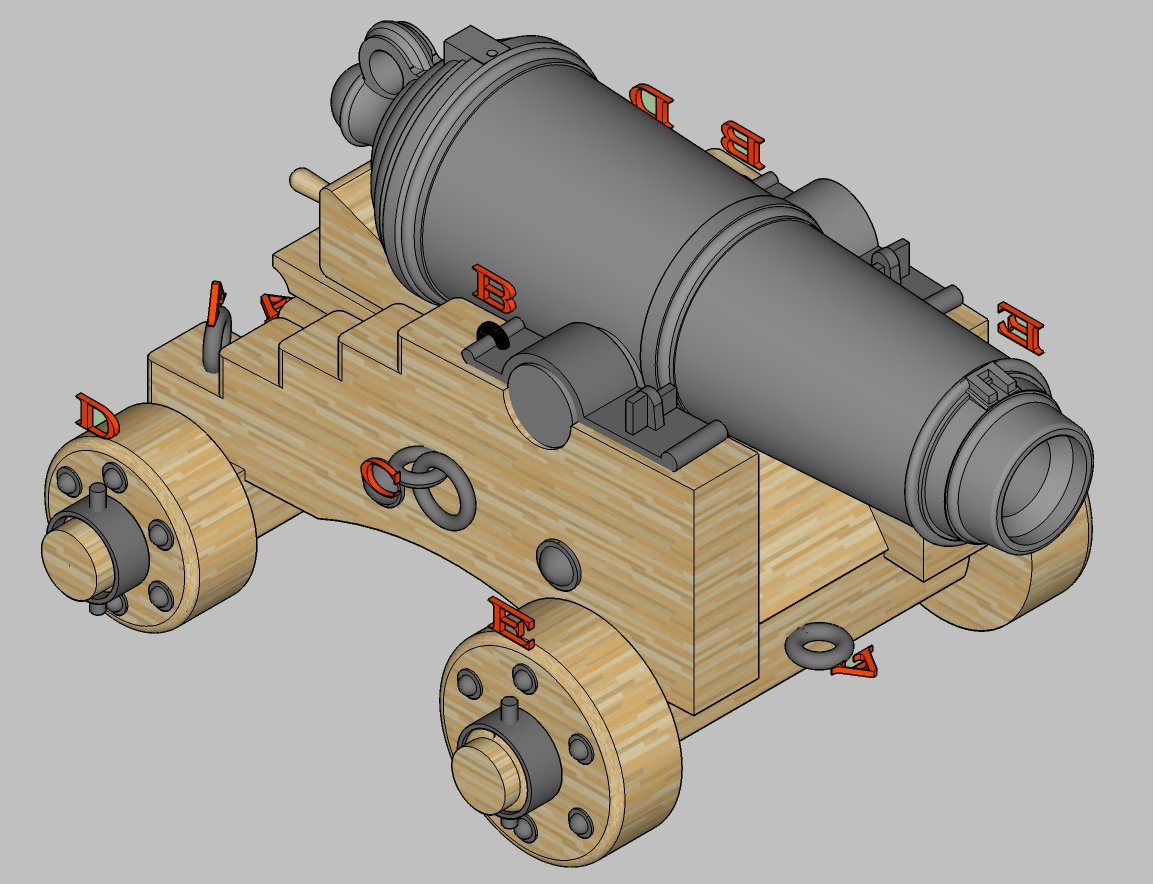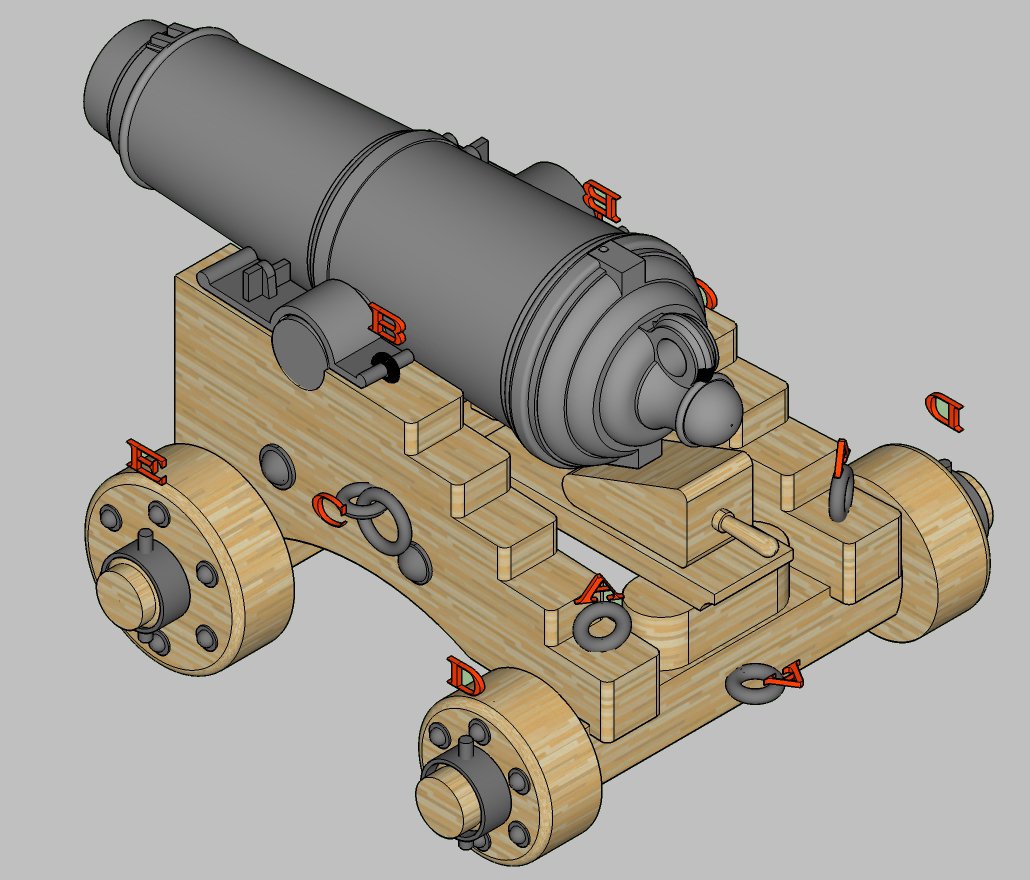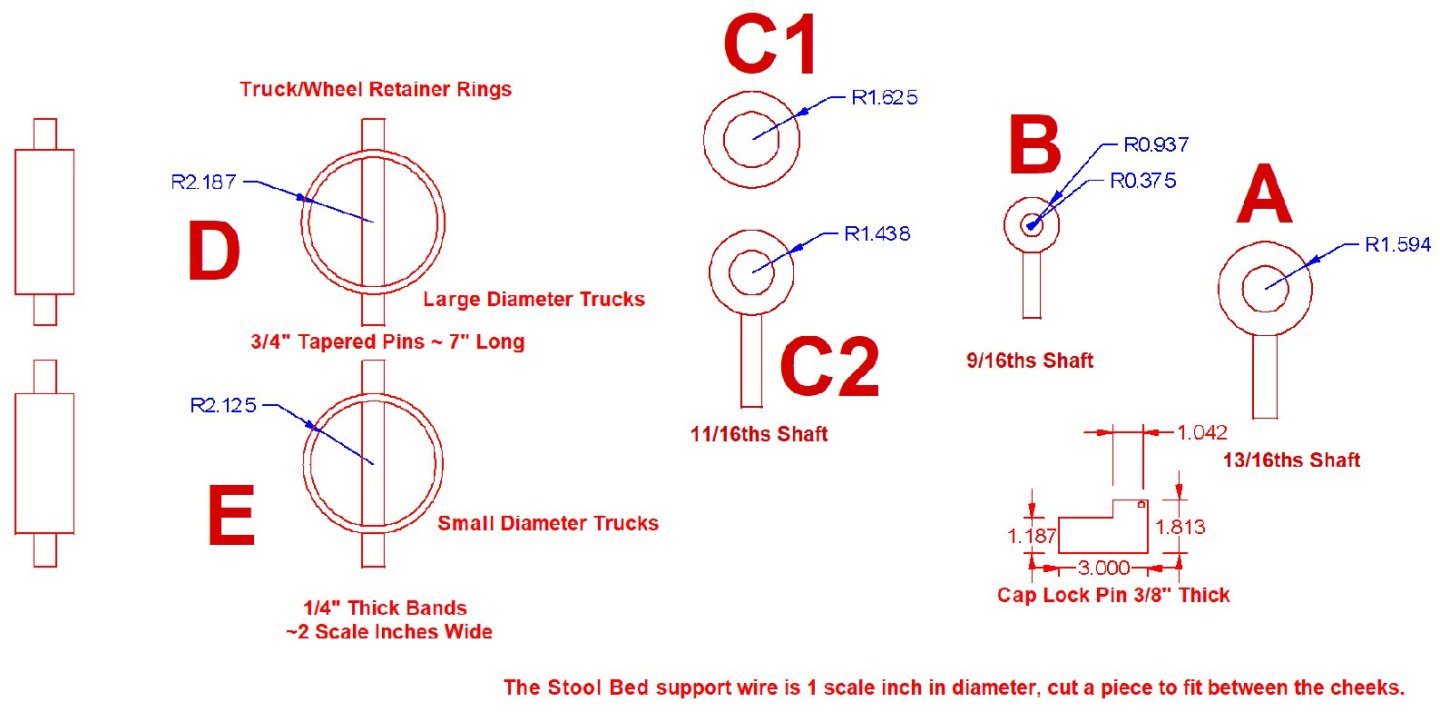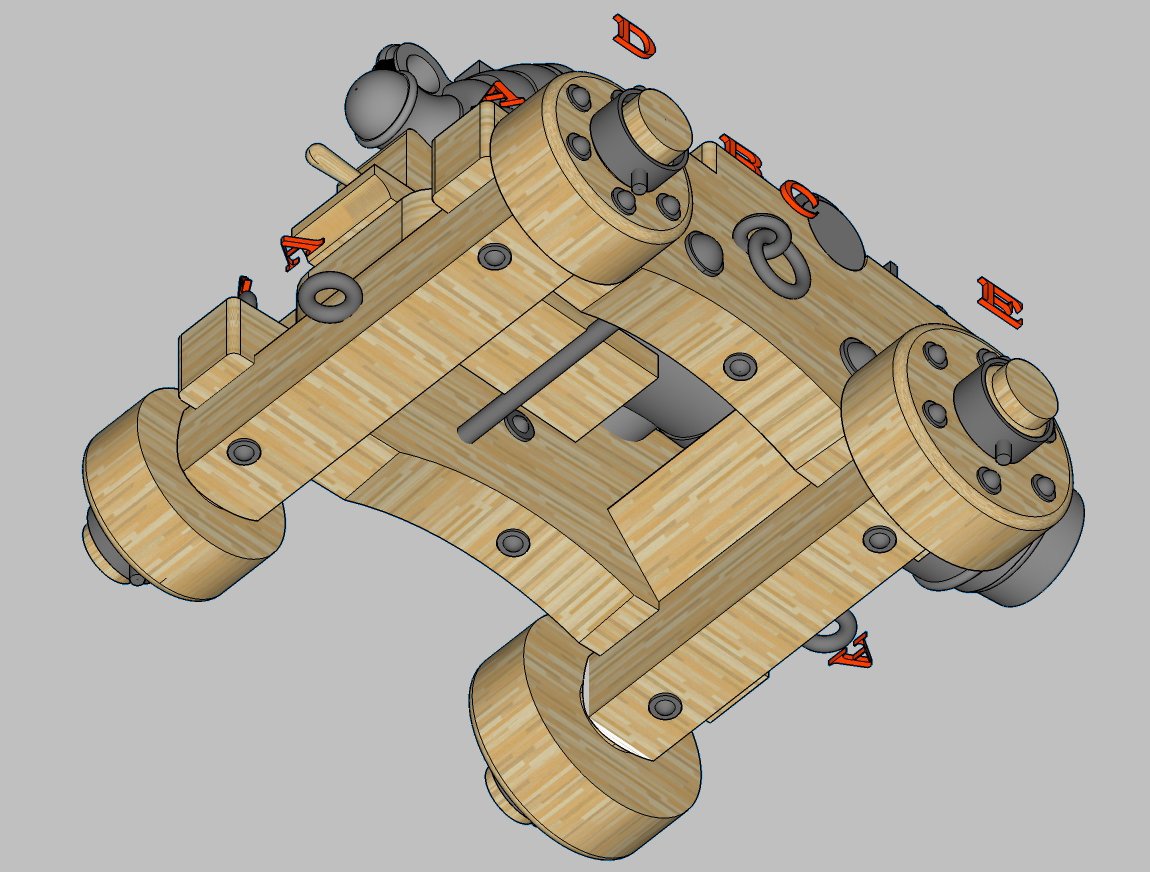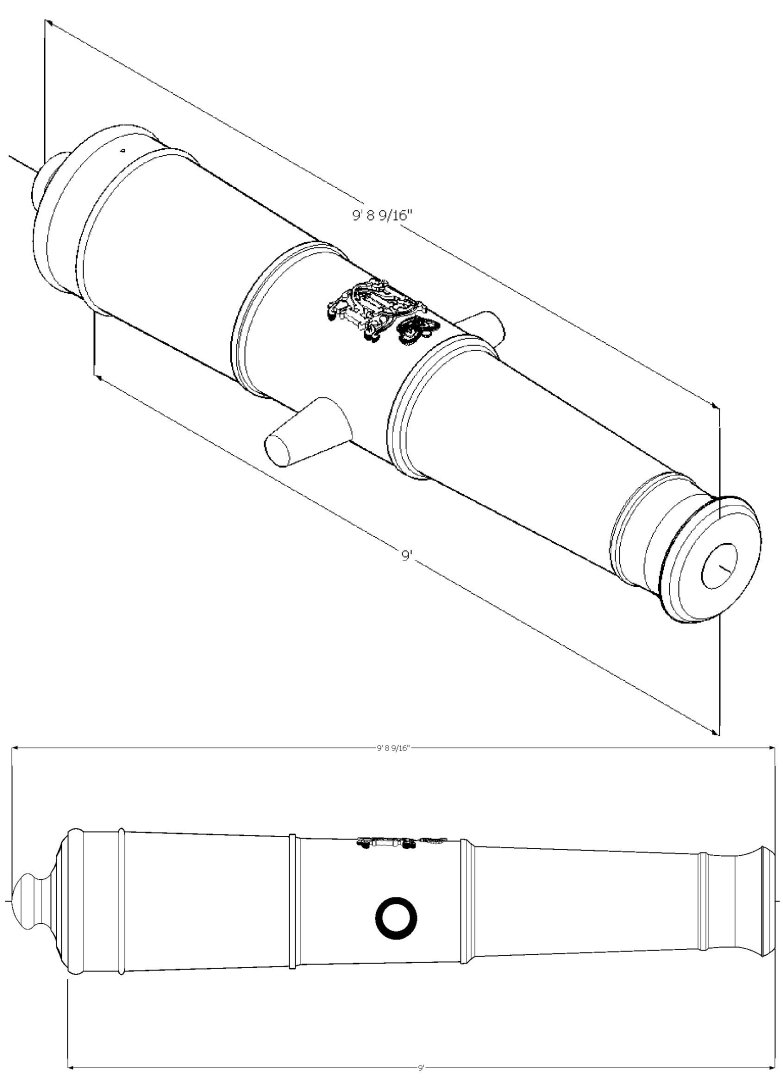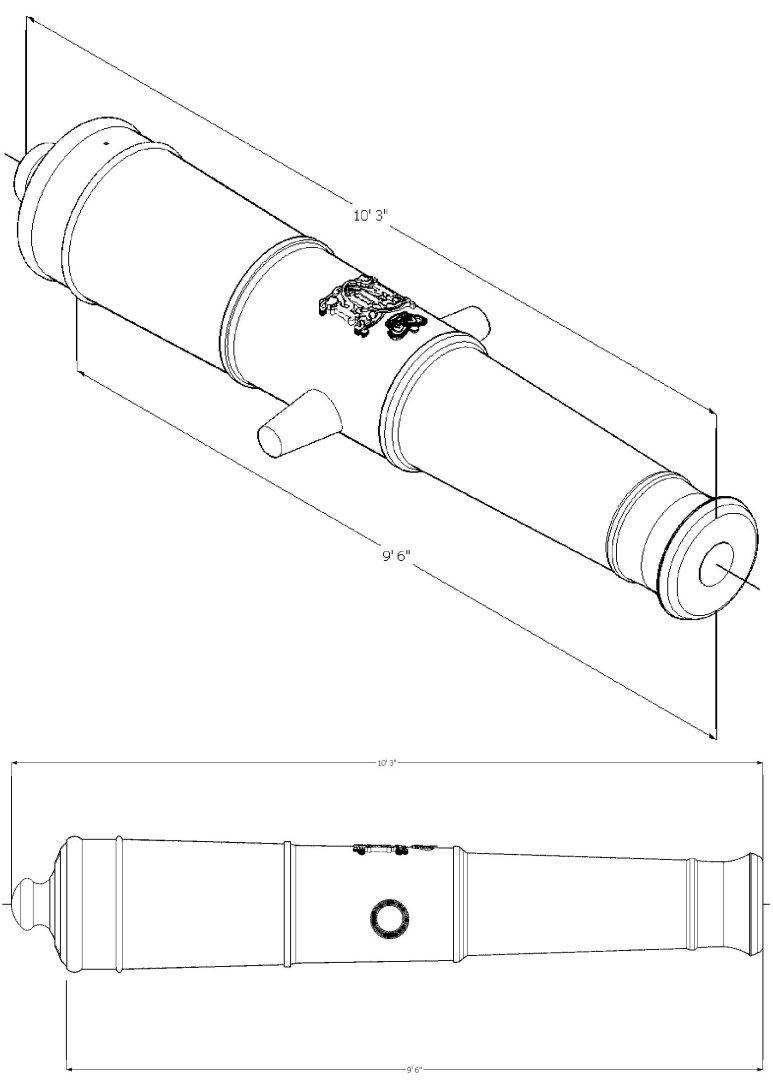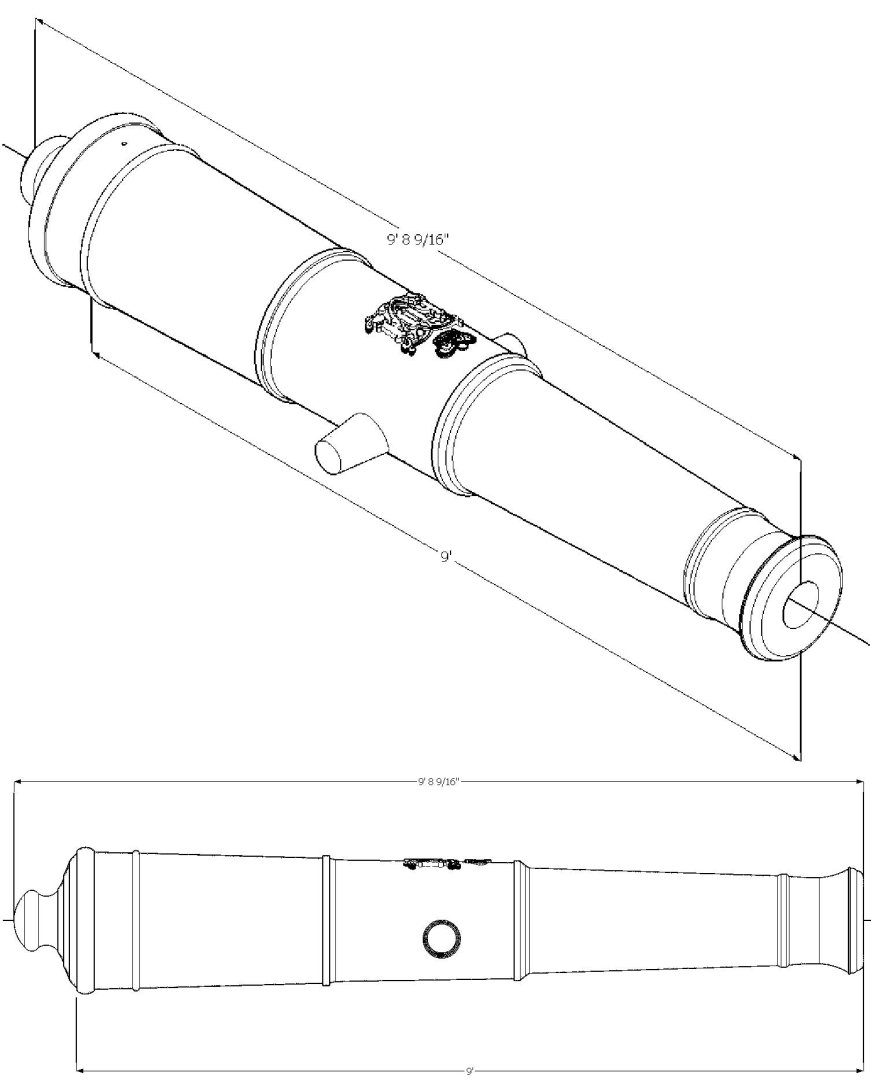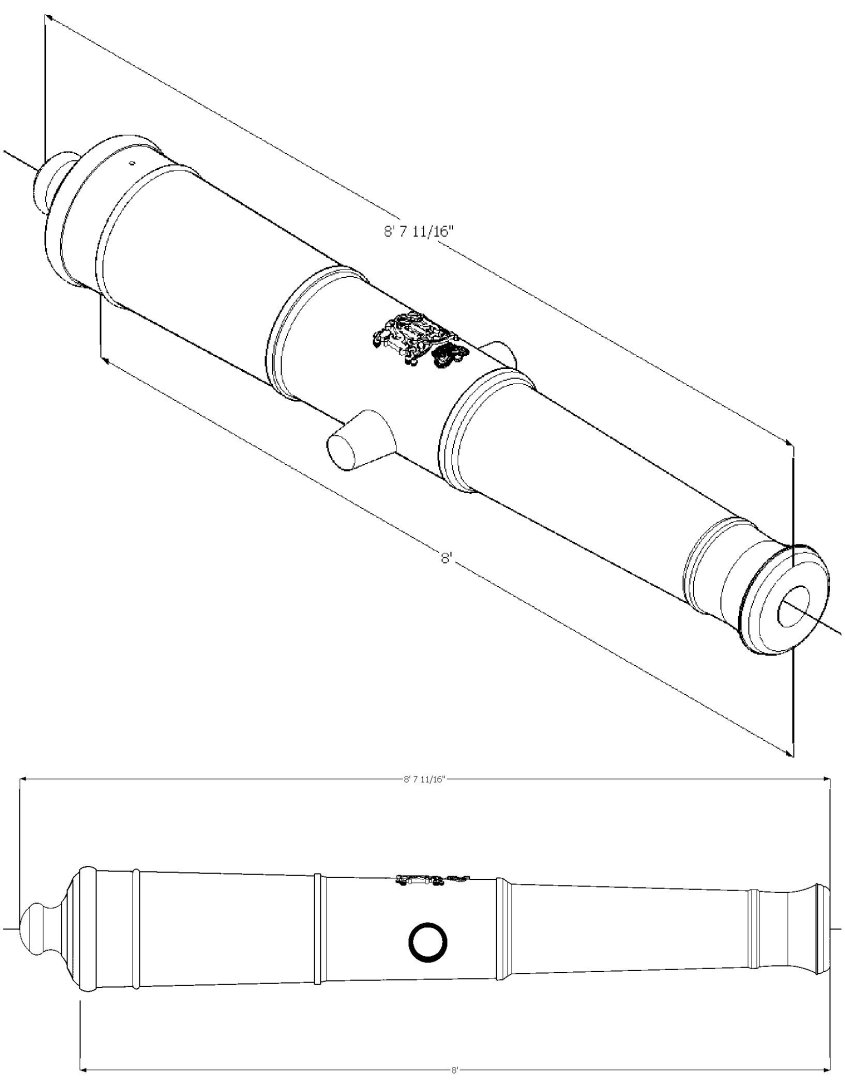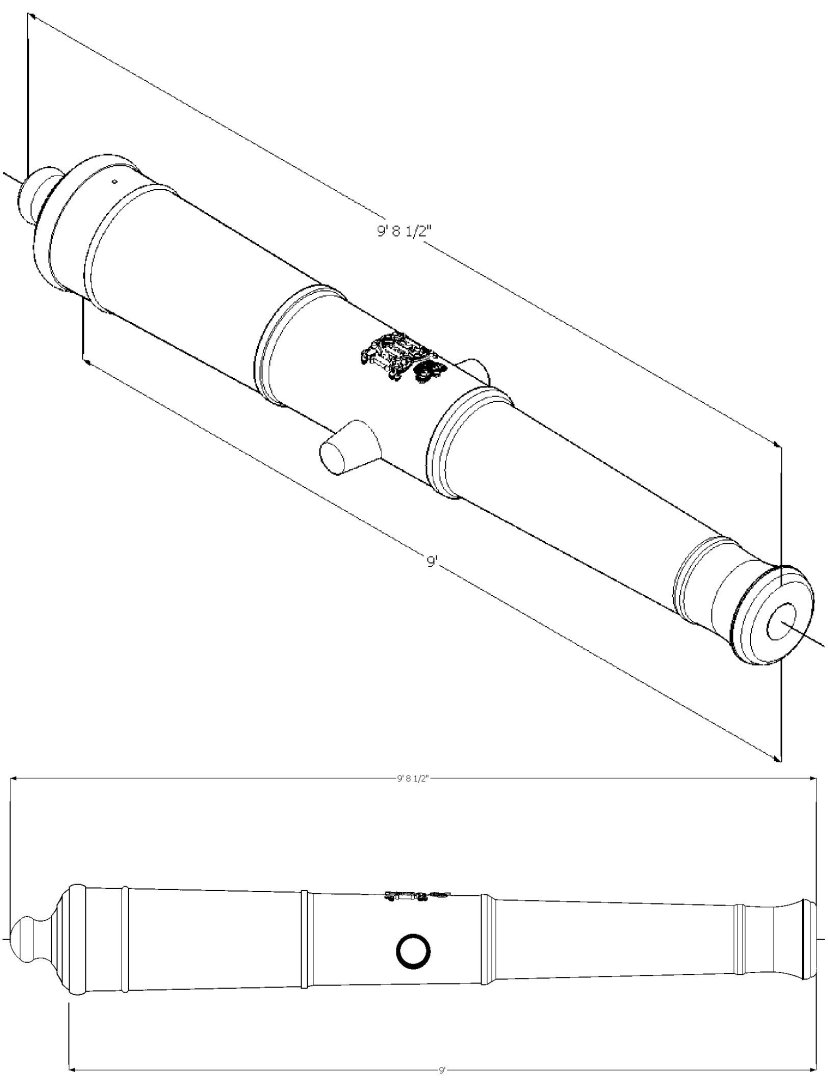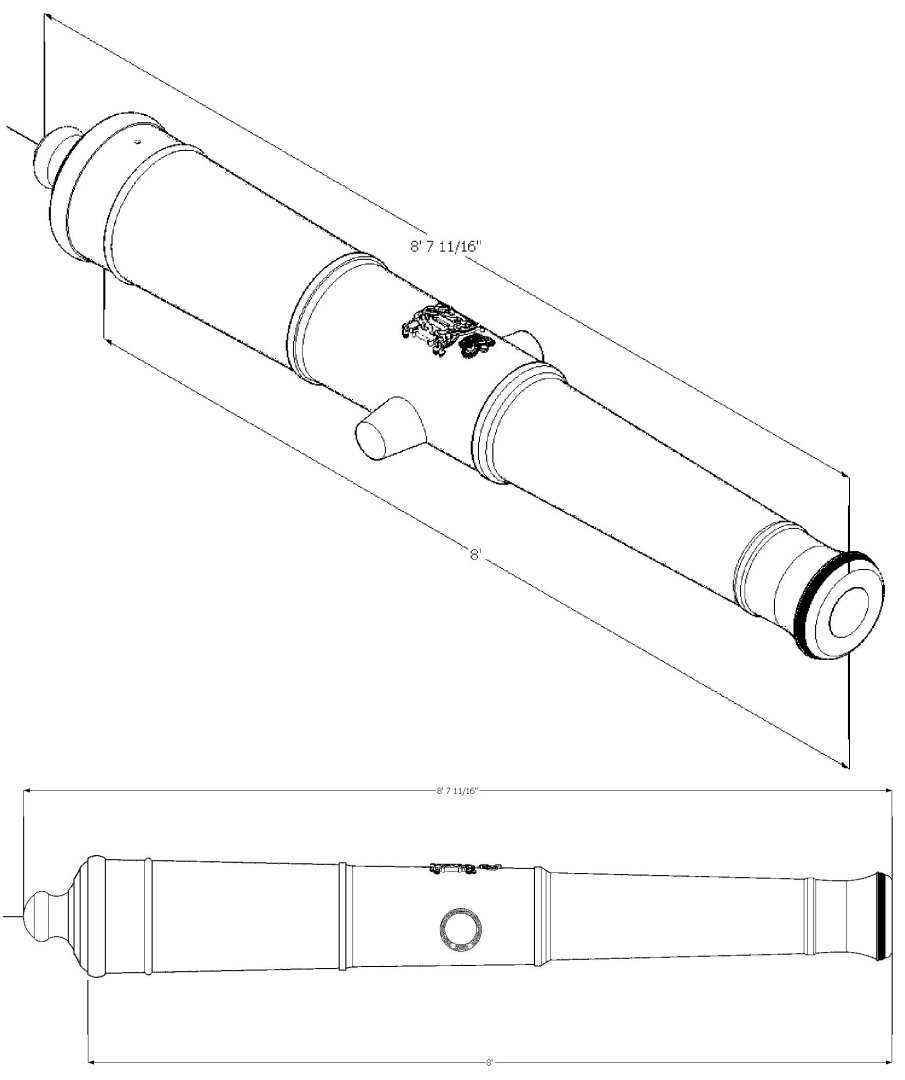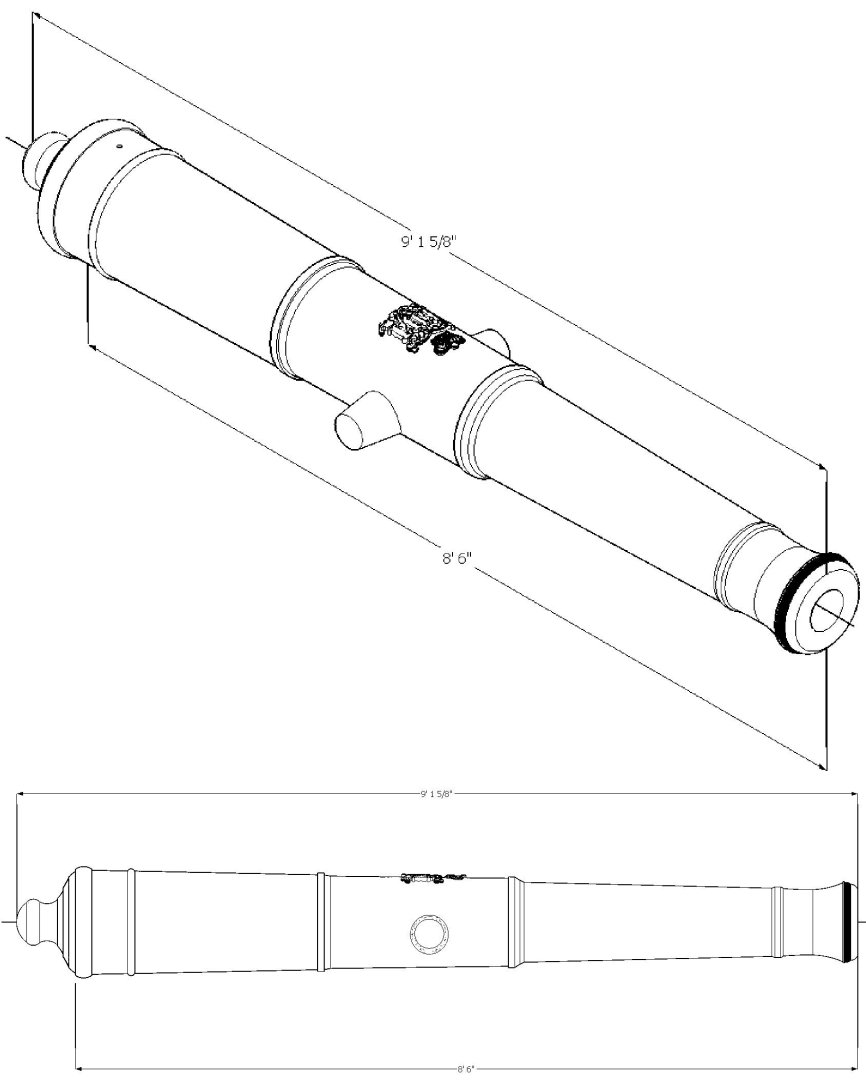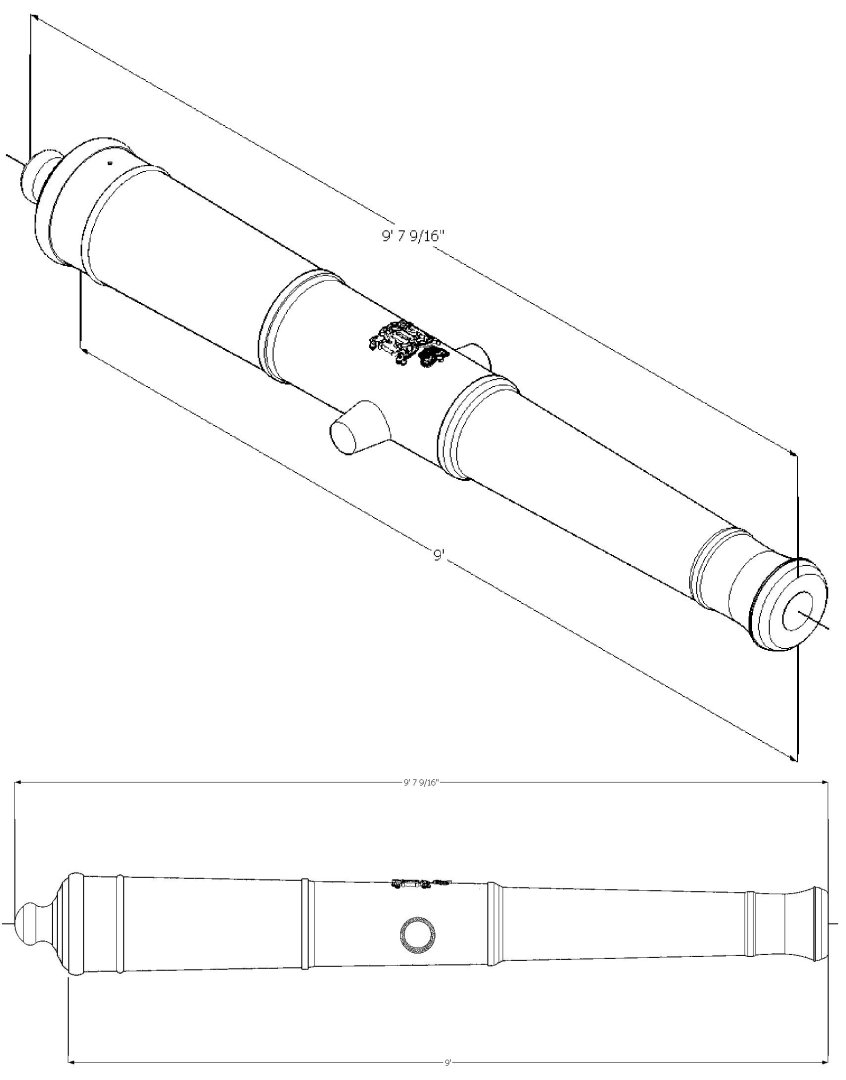-
Posts
2,926 -
Joined
-
Last visited
Content Type
Profiles
Forums
Gallery
Events
Everything posted by thibaultron
-
Great work! Thanks for sharing them!
-
I save my work several times during a session upping the "Revision" number each time (i.e. File_011.f3d, File_002....). This allows me to both not loose the last X (mins, hours) time of work, if the computer or program hiccups, (or a cat jumps on my keyboard), or I think of a better way to do an operation. And Yes, I have some of my projects that have run into hundreds of revision files. I can always delete or Zip them when I finish. Do not be afraid to go back and redo something, if you find new information/details during the design, or something you did does not print and fit like you thought.
-

3D Printing Cannons in Resin
thibaultron replied to thibaultron's topic in 3D-Printing and Laser-Cutting.
I run piece of wire or wood into the bore and touch hole to get any resin out, and print with the muzzles pointing away from the plate to encourage the resin to drip out. Holding the barrel in a pool of cleaner while cleaning the bore helps. I let the cannons dry over night, after final cleaning, before curing them. This allows any moisture in the barrel to dry, and not have liquid run out and mar the exterior surface. For larger scales I have an UV LED that run into the barrel, to insure the bore is cured. I think I detailed these steps earlier in this thread. -
Bragdon Weathering Powders, are more expensive, but are made from finely ground real materials, like the Rust is finely ground rust. They also have a pressure sensitive adhesive, so will stay on the surface, and be less susceptible to being rubbed off after application. With any of these a light coat of flat clear should be concidered to lock the powders in place.
-

San Francisco cable car by kgstakes - FINISHED - OcCre
thibaultron replied to kgstakes's topic in Non-ship/categorised builds
If the real cars have them painted, I vote for that. -

3D Printing Cannons in Resin
thibaultron replied to thibaultron's topic in 3D-Printing and Laser-Cutting.
-
At least on Chesapeake Bay boats the Trailboard was in two pieces, as one piece was mounted on the hull and the other then angled out from it to the bowsprit. The joint was angled so the board met seamlessly between the two parts. This also accounts for the upward curve of this section. As a side note typically the only blue on a boat in this area was on the trailboard, as a background to the stars and name, representing the blue background on the US flag. It was otherwise concidered bad luk to paint any part of the boat blue.
-

3D Printing Cannons in Resin
thibaultron replied to thibaultron's topic in 3D-Printing and Laser-Cutting.
Here are the files for the 9 Pounder Carronade with trunions carriage for the individual parts. They need the same fabricated parts as in the previous post. Install the eyelet with the ring onto the cheek, before building the carriage, otherwise you could break the assembled cheek. Holes for the rest of the eyelets should be drilled for depth, and or diameter after the carriage parts are built. Install the eyelets before adding the trucks and hoops. The transom is installed with its lower back edge even with the upper back edge of the front axletree, and the "nose" overhanging the axletree at the front. Cheek A Cheek B Front axletree hoop (holds the truck/wheel on). Front Axletree. The hole for the horizontal eyelet goes toward the front. Front truck/wheel Quion Rear Axletree Hoop Rear Axletree. The hole for the horizontal eyelet goes toward the rear. Shelf stool, the semicircular grove fits over the cross brace bolt shaft. Transom. Angles backward. Cap-Squares They are mirror images of each other, and only fit in place over the trunions correctly on their respective sides. They should run lengthwise, even with the top of the cheeks with the cannon mounted. STL files (Zipped) STL Files.zip -

3D Printing Cannons in Resin
thibaultron replied to thibaultron's topic in 3D-Printing and Laser-Cutting.
One more set of files. Several months ago I posted a file for a 9 Pounder Carronade with trunnions. Here is a file for the associated carriage that was on the drawing. This file has the carriage body as one piece with the shelf, quoin, and trucks (wheels with the locking band as separate parts. In a few days I will be posting a set of files with all the parts as separate pieces. You have to make the eyelets and rings yourself, as well as add a piece of wire for the cross brace bolt. Here is a picture of the Carranade barrel and the file for it. The trunnions have been drawn over long, and should be trimmed to length, during the fitting to the carriage. Cannonade 9 Pounder with Extended Trunnions Full Size_1174_62mm.stl Here are the general arraignment graphics for the assembled carriage, with the various rings and eyelets labeled. Here is a dimensioned drawing of the rings and eyelets. Note: the "B" eyelet is now a part of the caps, and do not have to be formed. You will have to put in a wire between the two holes on the inside of the carriage sides, for the cross brace. This rod also supports one end of the shelf. This rod is shown in the bottom view graphic (above). This is the drawing of the carriage parts. This is the file. 9 Pounder Carronade Single Piece Carriage_Full Size_1235_87mm.stl -

3D Printing Cannons in Resin
thibaultron replied to thibaultron's topic in 3D-Printing and Laser-Cutting.
The new files are now in the NRG resources section. -

3D Printing Cannons in Resin
thibaultron replied to thibaultron's topic in 3D-Printing and Laser-Cutting.
I forgot that I have already posted the HMS Tyger cannon files. Both the Commonwealth and HMS Tyger files have been sent to the NRG, and should be in the Resource section in a little while. -

3D Printing Cannons in Resin
thibaultron replied to thibaultron's topic in 3D-Printing and Laser-Cutting.
I will shortly be adding the guns for HMS Tiger circa 1680. I have to finish creating the graphics. -

3D Printing Cannons in Resin
thibaultron replied to thibaultron's topic in 3D-Printing and Laser-Cutting.
Commonwealth 32 Pounder 108 Commonwealth Pattern 32 Pounder 108 Charles II Cypher Full Size_2959_89mm.stl Commonwealth Pattern 32 Pounder 108 No Cypher Full Size_2959_89mm.stl Commonwealth 32 Pounder 114 Commonwealth Pattern 32 Pounder 114 Charles II Cypher Full Size_3124_20mm.stl Commonwealth Pattern 32 Pounder 114 No Cypher Full Size_3124_20mm.stl -

3D Printing Cannons in Resin
thibaultron replied to thibaultron's topic in 3D-Printing and Laser-Cutting.
Commonwealth 24 Pounder 102 Commonwealth Pattern 24 Pounder 102 Charles II Cypher Full Size_2798_76mm.stl Commonwealth Pattern 24 Pounder 102 No Cypher Full Size_2798_76mm.stl Commonwealth 24 Pounder 108 Commonwealth Pattern 24 Pounder 108 Charles II Cypher Full Size_2960_16mm.stl Commonwealth Pattern 24 Pounder 108 No Cypher Full Size_2960_16mm.stl Commonwealth 24 Pounder 114 Commonwealth Pattern 24 Pounder 114 Charles II Cypher Full Size_3124._60mm.stl Commonwealth Pattern 24 Pounder 114 No Cypher Full Size_3124_60mm.stl -

3D Printing Cannons in Resin
thibaultron replied to thibaultron's topic in 3D-Printing and Laser-Cutting.
Commonwealth 18 Pounder 108 Commonwealth Pattern 18 Pounder 108 Charles II Cypher Full Size_2959_63mm.stl Commonwealth Pattern 18 Pounder 108 No Cypher Full Size_2959_63mm.stl Commonwealth 18 Pounder 114 Commonwealth Pattern 18 Pounder 114 Charles II Cypher Full Size_3124_46mm.stl Commonwealth Pattern 18 Pounder 114 No Cypher Full Size_3124_46mm.stl -

3D Printing Cannons in Resin
thibaultron replied to thibaultron's topic in 3D-Printing and Laser-Cutting.
Commonwealth 12 Pounder 96 Commonwealth Pattern 12 Pounder 96 Charles II Cypher Full Size_2633_40mm.stl Commonwealth Pattern 12 Pounder 96 No Cyphe Full Size_2533_40mm.stl Commonwealth 12 Pounder 108 Commonwealth Pattern 12 Pounder 108 Charles II Cypher Full Size_2958_84mm.stl Commonwealth Pattern 12 Pounder 108 No Cypher Full Size_2958_84mm.stl -

3D Printing Cannons in Resin
thibaultron replied to thibaultron's topic in 3D-Printing and Laser-Cutting.
Here are the files. Commonwealth 9 Pounder 96 Commonwealth Pattern 9 Pounder 96 Charles II Cypher Full Size_2633_40mm.stl Commonwealth Pattern 9 Pounder 96 No Cypher Full Size_2633_40mm.stl Commonwealth 9 Pounder102 Commonwealth Pattern 9 Pounder 102 Charles II Cypher Full Size_2785_14mm_006 (repaired).stl Commonwealth Pattern 9 Pounder 102 No Cypher Full Size_2785_14mm.stl Commonwealth 9 Pounder 108 Commonwealth Pattern 9 Pounder 108 Charles II Cypher Full Size_2935_82mm.stl Commonwealth Pattern 9 Pounder 108 No Cypher Full Size_2935_82mm.stl -

3D Printing Cannons in Resin
thibaultron replied to thibaultron's topic in 3D-Printing and Laser-Cutting.
The next several post are the files for the Commonwealth Pattern cannons. After the British Civil War, when the Commonwealth came to power, new cannons were cast to the Commonwealth Pattern, with their cypher. When Charles II came to power, the cyphers on all these cannons were removed. I drew the "No Cypher" barrels to represent this. New cannons cast after the start of Charles II's reign, were cast with his cypher using the commonwealth design. I will be posting the graphics for cannon X followed by the .STL files for both styles of barrel. As a note: The first post will show the first cannon graphic for both the "Charles II" and the "No Cypher" barrels, followed by the two associated .STL files. To save on posted file sizes, the subsequent posts will show only the Charles II graphic, followed by both assoicated .STL files. The only difference in the barrels of cannon X is the presence or absence of the cypher. -

San Francisco cable car by kgstakes - FINISHED - OcCre
thibaultron replied to kgstakes's topic in Non-ship/categorised builds
I have this kit, and will be following along.
About us
Modelshipworld - Advancing Ship Modeling through Research
SSL Secured
Your security is important for us so this Website is SSL-Secured
NRG Mailing Address
Nautical Research Guild
237 South Lincoln Street
Westmont IL, 60559-1917
Model Ship World ® and the MSW logo are Registered Trademarks, and belong to the Nautical Research Guild (United States Patent and Trademark Office: No. 6,929,264 & No. 6,929,274, registered Dec. 20, 2022)
Helpful Links
About the NRG
If you enjoy building ship models that are historically accurate as well as beautiful, then The Nautical Research Guild (NRG) is just right for you.
The Guild is a non-profit educational organization whose mission is to “Advance Ship Modeling Through Research”. We provide support to our members in their efforts to raise the quality of their model ships.
The Nautical Research Guild has published our world-renowned quarterly magazine, The Nautical Research Journal, since 1955. The pages of the Journal are full of articles by accomplished ship modelers who show you how they create those exquisite details on their models, and by maritime historians who show you the correct details to build. The Journal is available in both print and digital editions. Go to the NRG web site (www.thenrg.org) to download a complimentary digital copy of the Journal. The NRG also publishes plan sets, books and compilations of back issues of the Journal and the former Ships in Scale and Model Ship Builder magazines.



